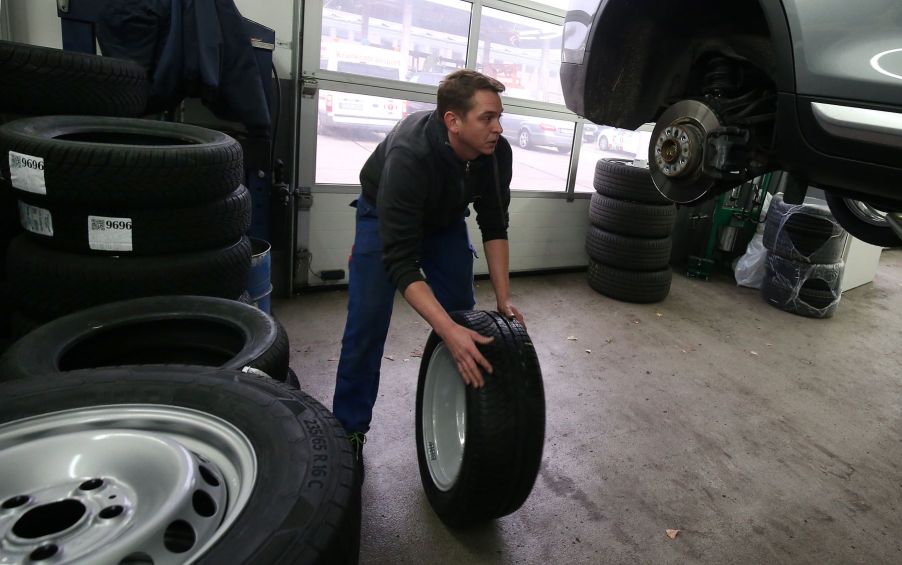
Here’s Why Buying One Replacement Tire Is a Recipe for Disaster
Tire replacement is one of the maintenance routines that can help your car last longer by addressing the issue of tread punctures or sidewall tears. Tires tend to get worn out one at a time, and it is rare to have them wear off simultaneously. However, this does not mean that only the worn-out or flat tire needs to be replaced. While replacing your tires in singles rather than pairs might seem like an easy and less expensive fix, it is dangerous and costly in the long run.
Why replacing a single tire is not a good idea

You may have heard from your neighborhood car expert that it is just OK to save cost by replacing tires one-by-one, but, unless you can vividly recall which tires you replaced and when, you should always aim at replacing all four car tires at once.
New, freshly installed tires have superior traction compared to the old ones that have been on your car. Therefore, mixing up both will result in your vehicle lacking uniform grip on all wheels, compromising its stability in substandard road conditions, which in turn increases the risk of accidents. It is also challenging to get a matching tread set when you buy a single tire all the time.
Achieving optimum car handling through tire replacement
Replacing all four tires helps drivers achieve optimum car handling, gaining comfort and road traction on the road. Replacing one tire at a time presents car handling challenges down the road. The new tire will have a different tread depth, altering its accelerating and braking abilities compared to other tires.
According to Firestone Auto Care, replacing one tire results in significant wear imbalances between tires, which can adversely affect your car’s general performance and stability. At the same time, your car’s electronics and mechanical system may find it hard to explicate information from the tires when one is distinct from the rest.
Some car manufacturers have specific restrictions against replacing fewer than four tires. Therefore, you should check your owner’s manual before replacing any of your car tires.
What if you are on a tight budget for tire replacement?
Even if you are on a tight budget, replacing your tires is one of the maintenance practices worth the extra money, as their cost is considerably less than the price you will pay in case of an accident. Furthermore, buying a single tire each time means you may end up with slightly varying tire sizes, which can damage your anti-lock braking systems, placing you and other road users at risk of an accident.
You should consider the conditions of the treads on all tires when deciding on a replacement. Your driving style, and the length of commute, are also vital in determining the number of tires to replace. All tires should also have a similar tread design and match the make and model. You should not put minimal thought into these considerations because they all aim at your safety and comfort, as various treads and designs provide a different level of traction.
If you have to replace only one tire, ensure that all four tires have tread depths of at least 4/32 of each other. If you are worried about budget and saving costs, then you have the option of purchasing tires in pairs. At the same time, involve your tire technician to assess the existing tread depth on your car’s remaining tires and check your car’s manufacturer manual to determine whether replacing one tire is recommended.
It is worth noting that if you are replacing one or two tires, a car technician advises that the tires must be placed on the rear axle. All these recommendations are meant to ensure that you save costs and, at the same time, you achieve desirable car handling and safety measures.


